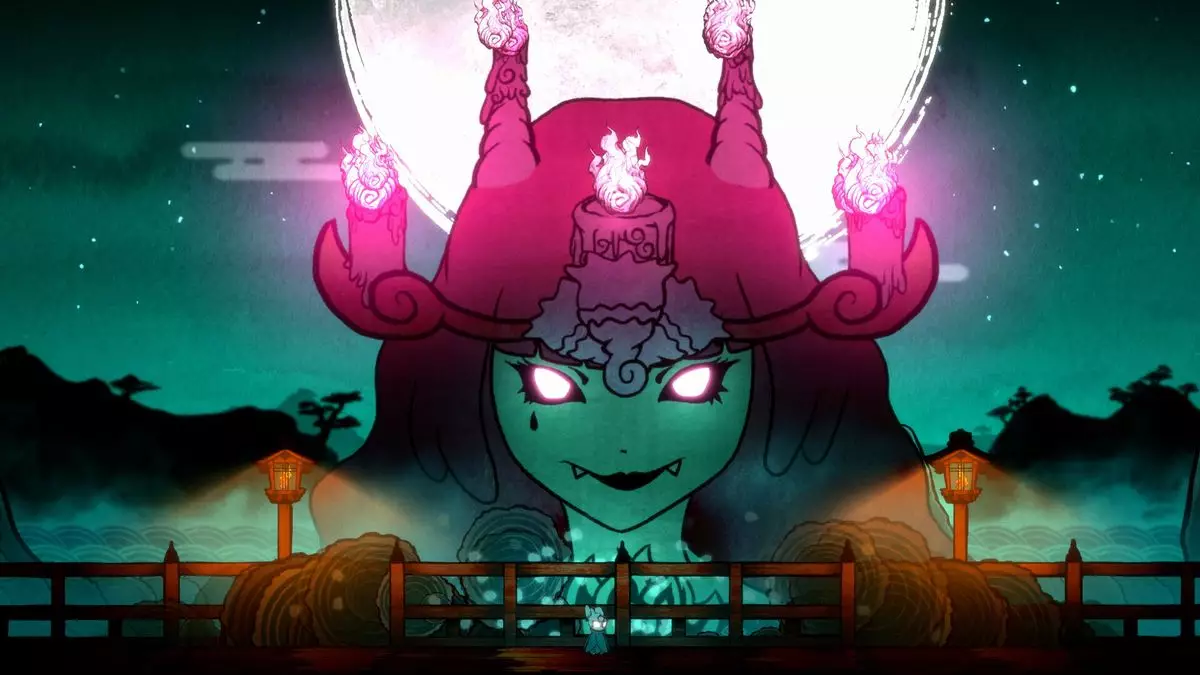Hollow Knight has established itself as a cornerstone within the Metroidvania genre and for good reason. Renowned for its meticulous design, it presents players with a beautifully rendered world that’s both inviting and treacherous. However, the game famously doesn’t pull any punches when it comes to difficulty. This challenging nature has been a barrier for some, yet it has also paved the way for deeper engagement among those who persevere. Many players may find themselves at a crossroads, faced with the determination to conquer its daunting landscapes or simply retreating in frustration.
In a striking moment of vulnerability, Chris Stair, the design lead on the upcoming indie title Bō: Path of the Teal Lotus, shared his initial struggles with Hollow Knight during a Reddit AMA. He candidly recounted his experience of rage quitting after encountering a single death in the game. This type of reaction is not uncommon among gamers who dive into titles that challenge their skills right from the beginning. However, Stair’s journey did not end there; after a two-year hiatus, he approached the game anew and discovered its remarkable depth and charm. His story exemplifies the transformative experience that Hollow Knight offers—one that can turn a casual player into an ardent fan willing to invest over 200 hours into exploring its intricate world.
Innovative Inspirations: Bō: Path of the Teal Lotus
The landscape of Metroidvanias is expanding, and Bō: Path of the Teal Lotus is a testament to this evolution. While it draws certain inspirations from Hollow Knight, particularly in its 2D gameplay and aesthetic appeal, it strives to carve its unique identity. Inspired by Japanese mythology, Bō boasts an unmistakable charm that differentiates it from its predecessors. The game invites players into a world rich with cultural references, compelling narratives, and striking visuals.
Critics have begun to shower Bō with praise, highlighting its seamless integration of mythological elements into gameplay. This underscores a growing trend in the genre that not only prioritizes artistic beauty but also the depth of storytelling. Reviews have applauded its character development and atmospheric storytelling, indicating a shift toward a more immersive and narrative-driven player experience in the Metroidvania genre. As articulated by gaming writer Ali Jones, Bō offers a “valuable, if familiar, entry” into the expansive Metroidvania universe, reaffirming its position alongside the giants that came before it.
The Balance of Difficulty and Accessibility
A recurring theme in discussions of Metroidvania games is the balance between challenge and accessibility. Games like Hollow Knight set high standards for difficulty, creating a divide that may discourage newcomers but simultaneously cultivates a community of dedicated players. The allure of mastery is often what keeps players returning, yet it is essential for new titles like Bō to consider their approach to difficulty levels. Innovative design that respects both inexperienced gamers and seasoned veterans can foster a welcoming atmosphere, allowing a broader audience to appreciate the rich landscapes these games offer.
As Metroidvania titles continue to thrive, navigating the fine line between challenging gameplay and inclusive design becomes paramount. Hollow Knight remains a monumental benchmark, while newer entries like Bō: Path of the Teal Lotus promise to enrich the genre, combining beautiful aesthetics with deep, culturally inspired narratives. The future of Metroidvania gaming holds extensive potential, inviting all kinds of players to explore its vast, interconnected worlds.

